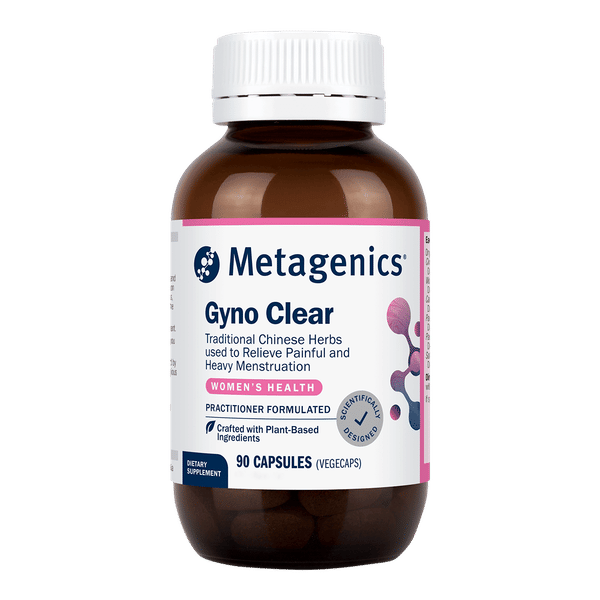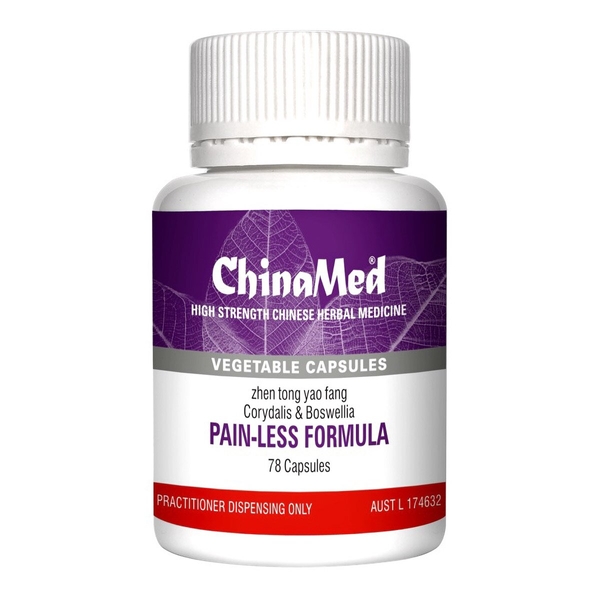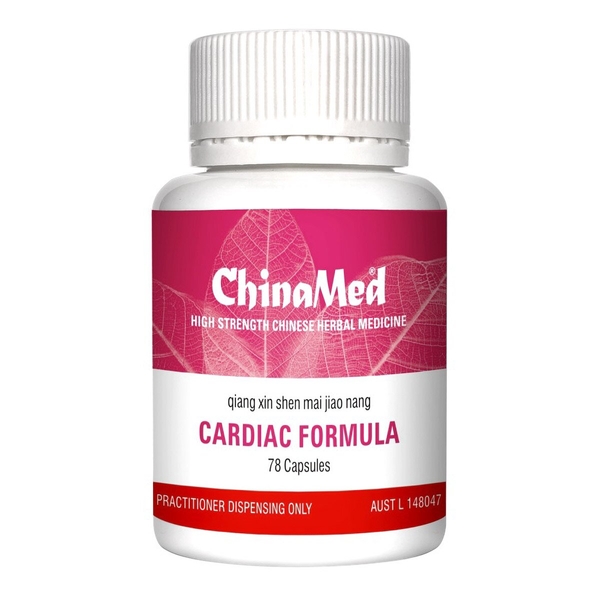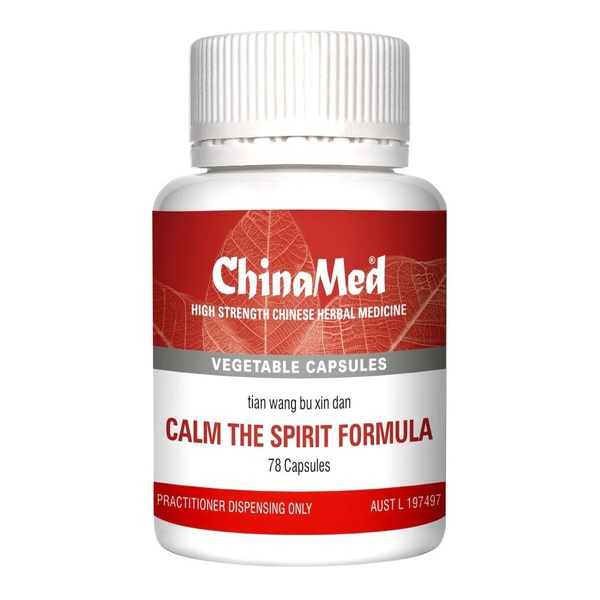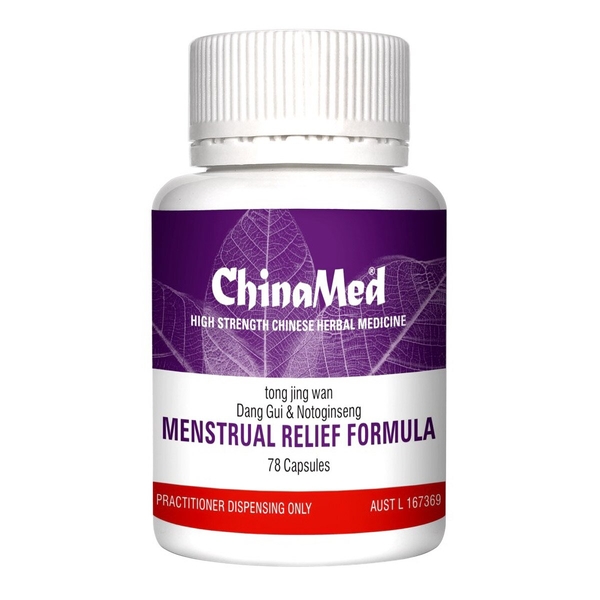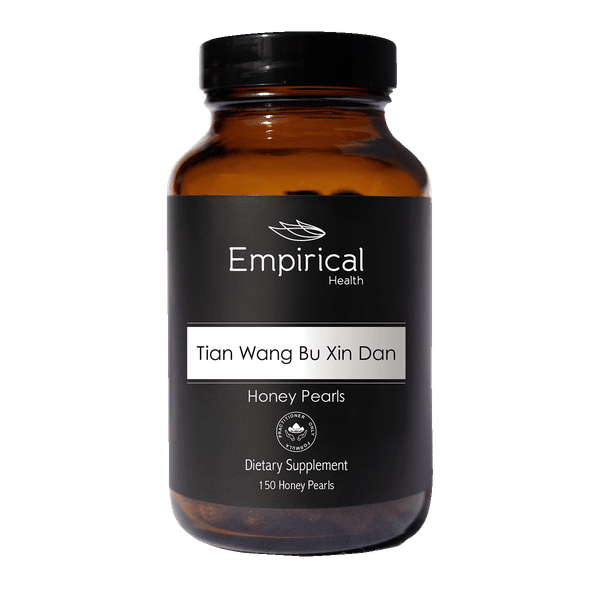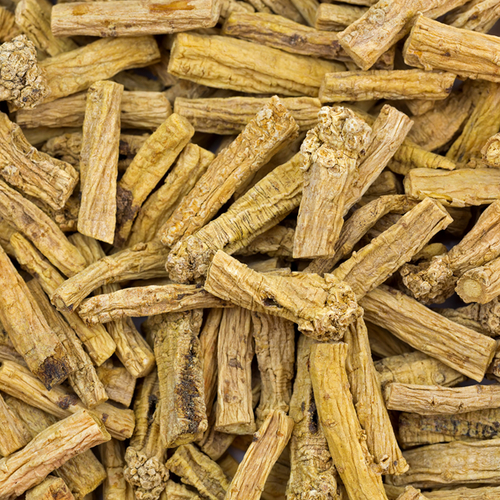
Background
Over 35 formulations used in TCM contain danshen. Chemicals in danshen might help with blood thinning. They might also help widen blood vessels, which can improve circulation.
People use danshen for heart disease, high cholesterol, high blood pressure, stroke, wound healing, and many other conditions, but there is no good scientific evidence to support these uses.
Danshen is sometimes called Chinese red sage, Chinese sage, red root safe, and red Sage. Don't confuse this with sage. These are not the same.
Safety Safety definitions
Special Precautions & Warnings:
Pregnancy and breast-feeding: There isn't enough reliable information to know if danshen is safe to use when pregnant or breast-feeding. Stay on the safe side and avoid use.Bleeding disorders: Danshen might increase the risk of bleeding. If you have a bleeding disorder, don't use it.
Low blood pressure: Danshen might lower blood pressure. Taking danshen might make blood pressure become too low in people with low blood pressure.
Surgery: Danshen might slow blood clotting. This might increase the risk of bleeding during and after surgery. Stop using danshen at least 2 weeks before a scheduled surgery.
Effectiveness
Dosing & administration
Interactions with pharmaceuticals
Amlodipine (Norvasc)
Interaction Rating=Moderate Be cautious with this combination.
Taking danshen along with amlodipine might decrease how much amlodipine is in the blood. This might decrease the effects of amlodipine.
Aspirin
Interaction Rating=Moderate Be cautious with this combination.
Taking danshen along with aspirin might increase how much aspirin is in the blood. This might increase the effects and side effects of aspirin.
Clopidogrel (Plavix)
Interaction Rating=Moderate Be cautious with this combination.
Clopidogrel is changed and broken down by the liver. Danshen might decrease how quickly clopidogrel is changed and broken down by the liver. This might increase the effects and side effects of clopidogrel.
Digoxin (Lanoxin)
Interaction Rating=Major Do not take this combination.
Digoxin helps the heart beat more strongly. Danshen also seems to affect the heart. Taking danshen along with digoxin can increase the effects of digoxin and increase the risk of side effects. Do not take danshen if you are taking digoxin without talking to your healthcare professional.
Fexofenadine (Allegra)
Interaction Rating=Moderate Be cautious with this combination.
Danshen might increase the amount of fexofenadine that gets absorbed by the body. This might increase the amount of fexofenadine in the body, which might increase side effects.
Medications changed by the liver (Cytochrome P450 1A2 (CYP1A2) substrates)
Interaction Rating=Moderate Be cautious with this combination.
Some medications are changed and broken down by the liver. Danshen might change how quickly the liver breaks down these medications. This could change the effects and side effects of these medications.
Medications changed by the liver (Cytochrome P450 2C9 (CYP2C9) substrates)
Interaction Rating=Moderate Be cautious with this combination.
Some medications are changed and broken down by the liver. Danshen might change how quickly the liver breaks down these medications. This could change the effects and side effects of these medications.
Medications changed by the liver (Cytochrome P450 2E1 (CYP2E1) substrates)
Interaction Rating=Moderate Be cautious with this combination.
Some medications are changed and broken down by the liver. Danshen might change how quickly the liver breaks down these medications. This could change the effects and side effects of these medications.
Medications changed by the liver (Cytochrome P450 3A4 (CYP3A4) substrates)
Interaction Rating=Moderate Be cautious with this combination.
Some medications are changed and broken down by the liver. Danshen might change how quickly the liver breaks down these medications. This could change the effects and side effects of these medications.
Medications changed by the liver (Glucuronidated drugs)
Interaction Rating=Moderate Be cautious with this combination.
Some medications are changed and broken down by the liver. Danshen might change how quickly the liver breaks down these medications. This could change the effects and side effects of these medications.
Medications for high blood pressure (Antihypertensive drugs)
Interaction Rating=Moderate Be cautious with this combination.
Danshen might lower blood pressure. Taking danshen along with medications that lower blood pressure might cause blood pressure to go too low. Monitor your blood pressure closely.
Medications moved by pumps in cells (P-glycoprotein substrates)
Interaction Rating=Moderate Be cautious with this combination.
Some medications are moved in and out of cells by pumps. Danshen might change how these pumps work and change how much medication stays in the body. In some cases, this might change the effects and side effects of a medication.
Medications that slow blood clotting (Anticoagulant / Antiplatelet drugs)
Interaction Rating=Major Do not take this combination.
Danshen might slow blood clotting. Taking danshen along with medications that also slow blood clotting might increase the risk of bruising and bleeding.
Midazolam (Versed)
Interaction Rating=Moderate Be cautious with this combination.
Midazolam is changed and broken down by the body. Danshen might increase how quickly midazolam is broken down by the body. This might decrease the effects of midazolam.
Rosuvastatin (Crestor)
Interaction Rating=Moderate Be cautious with this combination.
Danshen might increase levels of rosuvastatin in the blood. This might increase the effects and side effects of rosuvastatin.
Warfarin (Coumadin)
Interaction Rating=Moderate Be cautious with this combination.
Warfarin is used to slow blood clotting. Danshen might increase how long warfarin stays in the body and increase the chances of bruising and bleeding. Be sure to have your blood checked regularly. The dose of warfarin might need to be changed.
Interactions with herbs & supplements
Herbs and supplements that might slow blood clotting: Danshen might slow blood clotting and increase the risk of bleeding. Taking it with other supplements with similar effects might increase the risk of bleeding in some people. Examples of supplements with this effect include garlic, ginger, ginkgo, nattokinase, and Panax ginseng.
Herbs that contain cardiac glycosides: Danshen contains chemicals that can affect the heart. These chemicals are similar to chemicals called cardiac glycosides. Using it along with other supplements that also contain cardiac glycosides can increase the risk of heart damage. Examples of supplements that contain cardiac glycosides include black hellebore, foxglove, lily-of-the-valley, oleander, and pleurisy root.
Methyl salicylate oil: Taking danshen by mouth while applying methyl salicylate oil to the skin might increase the risk of bleeding.
Interactions with foods
Products
View all products- Salvia miltiorrhiza (Dan Shen) ext. 37.32 mg
- Panax ginseng ext. 37.32 mg
- Ophiopogon japonicus ext. 37.32 mg
- Curcuma longa ext. 27.99 mg
- Schisandra chinensis ext. 27.99 mg
- Trichosanthes kirilowii ext. 27.99 mg
- Pinellia ternata ext. 27.99 mg
- Citrus aurantium ext. 27.99 mg
- Allium macrostemon ext. 18.63 mg
- Cinnamomum cassia ext. 13.95 mg
- Santalum album ext. 15.51 mg
- Salvia miltiorrhiza (Dan Shen) ext. 36 mg
- Rehmannia glutinosa ext. 36 mg
- Achyranthes bidentata ext. 28.8 mg
- Paeonia lactiflora ext. 21.6 mg
- Paeonia obovata ext. 21.6 mg
- Prunus persica ext. 21.6 mg
- Carthamus tinctorius ext. 21.6 mg
- Ligusticum striatum ext. 21.6 mg
- Bupleurum falcatum ext. 21.6 mg
- Citrus aurantium ext. 21.6 mg
- Platycodon grandiflorus ext. 14.4 mg
- Glycyrrhiza uralensis ext. 12 mg
- Angelica polymorpha ext. 21.6 mg
- Salvia miltiorrhiza (Dan Shen) ext. 31.7 mg
- Scutellaria baicalensis ext. 31.7 mg
- Crataegus pinnatifida ext. 31.7 mg
- Eriobotrya japonica ext. 31.7 mg
- Paeonia obovata ext. 31.7 mg
- Gardenia jasminoides ext. 31.7 mg
- Lonicera japonica ext. 31.7 mg
- Forsythia suspensa ext. 31.7 mg
- Rehmannia glutinosa ext. 31.7 mg
- Glycyrrhiza uralensis ext. 13.19 mg
- Salvia miltiorrhiza (Dan Shen) ext. 30.9 mg
- Rehmannia glutinosa ext. 30.9 mg
- Ziziphus jujuba var. spinosa ext. 24.9 mg
- Schizandra chinensis ext. 18.6 mg
- Biota orientalis ext. 24.9 mg
- Ophiopogon japonicus ext. 24.9 mg
- Poria cocos ext. 24.9 mg
- Angelica polymorpha ext. 24.9 mg
- Pseudostellaria heterophylla ext. 30.9 mg
- Scrophularia ningpoensis ext. 18.6 mg
- Polygala sibirica ext. 10.35 mg
- Platycodon grandiflorus ext. 10.35 mg
- Asparagus cochinchinensis ext. 24.9 mg
- Salvia miltiorrhiza (Dan Shen) ext. 24.89 mg
- Corydalis turtschaninovii ext. 24.89 mg
- Paeonia lactiflora ext. 24.87 mg
- Paeonia veitchii ext. 24.87 mg
- Angelica polymorpha ext. 24.87 mg
- Typha angustifolia ext. 24.87 mg
- Prunus persica ext. 22.39 mg
- Ligusticum striatum ext. 22.39 mg
- Cyperus rotundus ext. 22.39 mg
- Lindera strychnifolia ext. 22.39 mg
- Curcuma zedoaria ext. 22.39 mg
- Panax notoginseng ext. 14.93 mg
- Salvia miltiorrhiza (Dan Shen) ext. 18.84 mg
- Paeonia lactiflora ext. 18.84 mg
- Angelica polymorpha ext. 18.84 mg
- Daemonorops draco ext. 11.31 mg
- Drynaria fortunei ext. 11.31 mg
- Dipsacus asper ext. 11.31 mg
- Prunus persica ext. 11.31 mg
- Boswellia carterii ext. 11.31 mg
- Commiphora myrrha ext. 11.31 mg
- Sparganium stoloniferum ext. 11.31 mg
- Curcuma zedoaria ext. 11.31 mg
- Paeonia suffruticosa ext. 11.31 mg
- Saposhnikovia divaricata ext. 11.31 mg
- Citrus aurantium ext. 11.31 mg
- Curcuma longa ext. 11.31 mg
- Platycodon grandiflorus ext. 11.31 mg
- Panax notoginseng ext. 7.53 mg
- Glycyrrhiza uralensis ext. 6.27 mg
- Carthamus tinctorius ext. 11.31 mg
- Corydalis turtschaninovii ext. 18.84 mg
- Cyathula officinalis ext. 15.06 mg
- Paeonia veitchii ext. 18.84 mg
- Siphonestegia chinesis ext. 11.31 mg
- Salvia miltiorrhiza (Dan Shen) (root)
- Rehmannia glutinosa (tuber)
- Panax ginseng (root)
- Asparagus cochinchinensis (tuber)
- Spirit poria (fungus)
- Ziziphus spp. (seed)
- Ophiopogon japonicus (tuber)
- Scrophularia ningpoensis (root)
- Polygala sibirica (root)
- Angelica polymorpha (root)
- Angelica dahurica (seed)
- Platycodon grandiflorus (root)
- Schizandra chinensis (fruit)
- Honey

